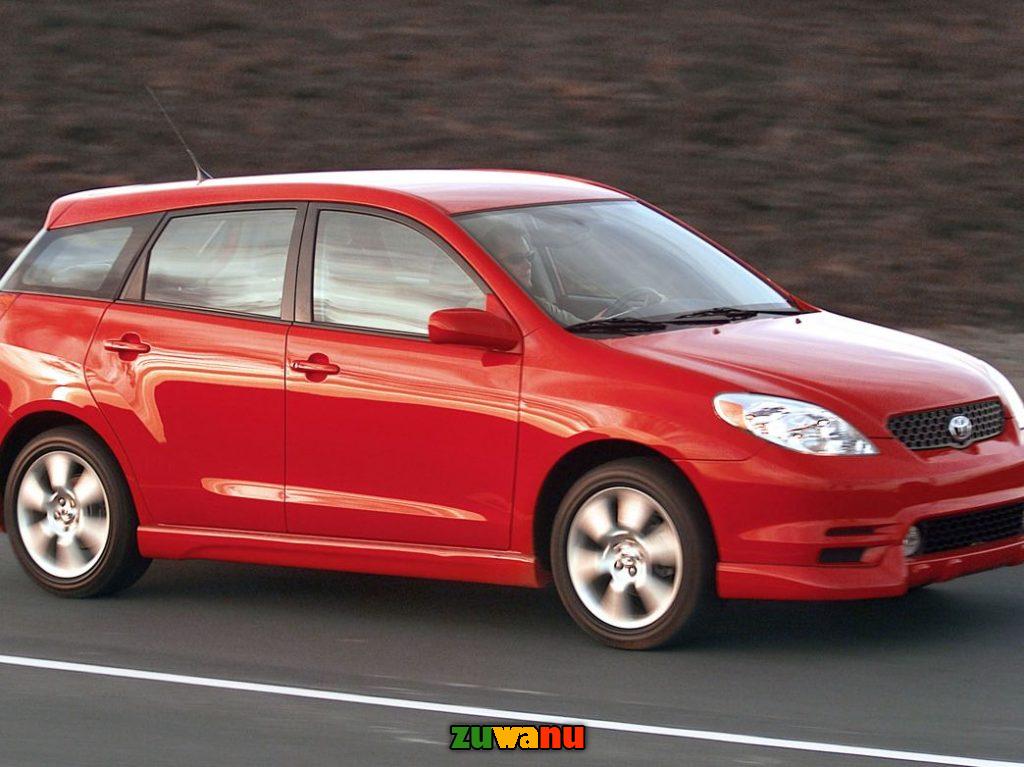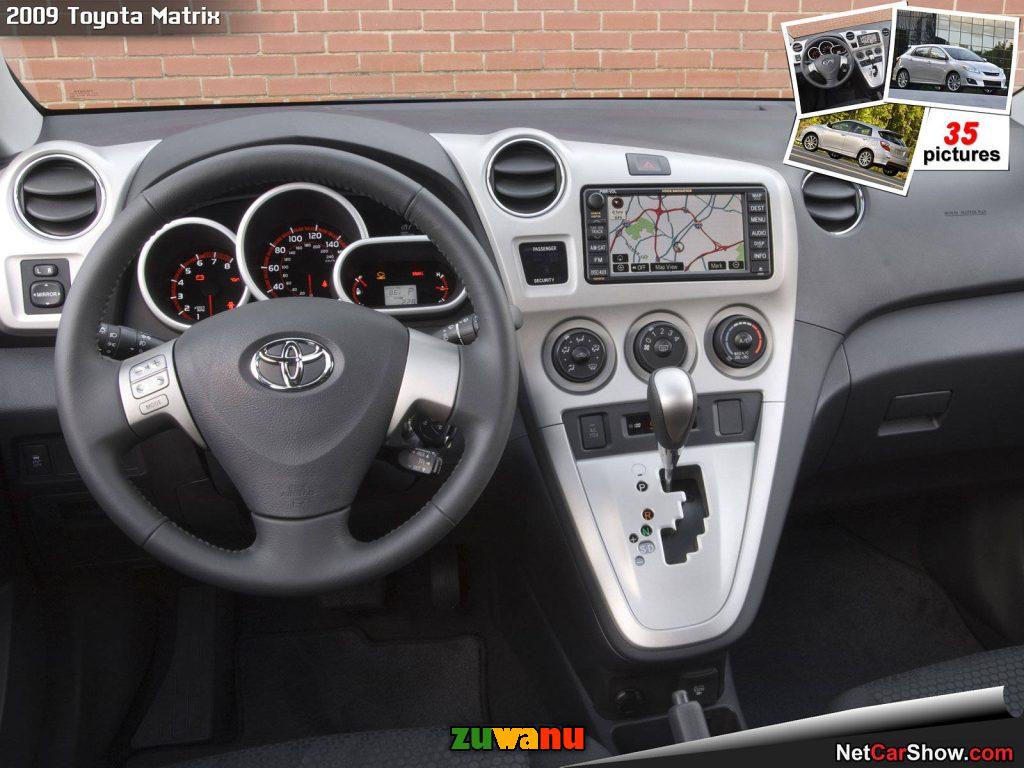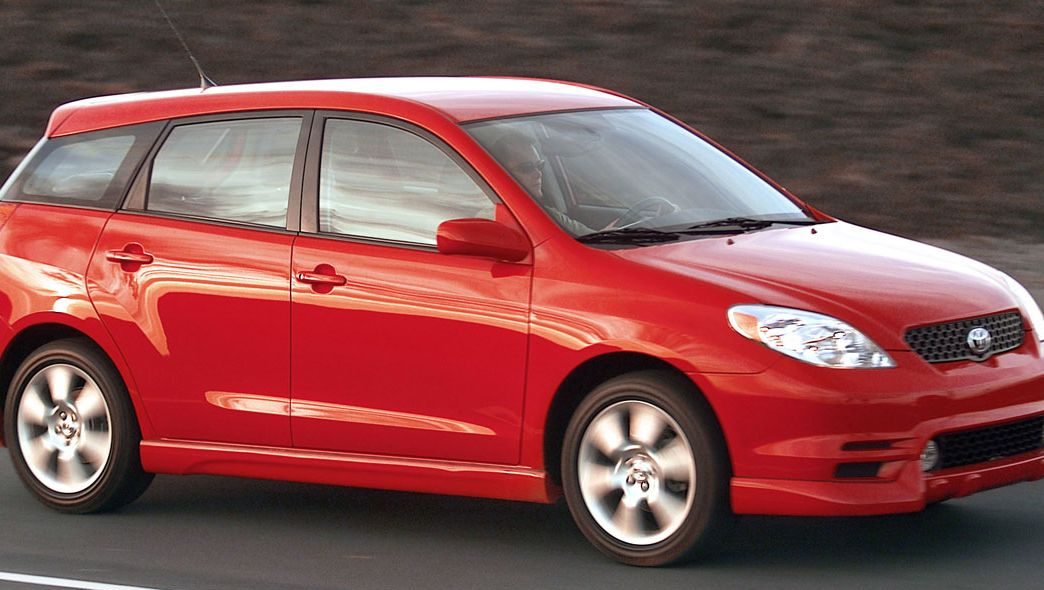Unraveling the Toyota Matrix: Features, Best Years, Discontinuation, Reliability, and Cost

Table of Contents
Introduction
The Toyota Matrix, a versatile compact car that seamlessly blended the practicality of a hatchback with the performance of a sedan, once graced the roads as a symbol of reliability and efficiency. Introduced by Toyota in 2002, the Matrix quickly gained popularity for its sporty design, spacious interior, and fuel efficiency. However, despite its success in the market, Toyota made the decision to discontinue the Matrix, leaving enthusiasts and potential buyers curious about the reasons behind this move. In this comprehensive article, we will delve into the features that made the Toyota Matrix stand out, identify the best years and trims, explore the circumstances surrounding its discontinuation, evaluate its reliability, and provide insights into the cost of owning a Matrix.
Features that Defined the Toyota Matrix
1. Versatile Design:
The Toyota Matrix was renowned for its versatile design, combining the practicality of a hatchback with the sleekness of a sedan. This unique blend appealed to a wide range of consumers, from young professionals seeking a stylish commuter to families in need of a compact yet spacious vehicle.
2. Spacious Interior:
One of the key selling points of the Matrix was its surprisingly spacious interior. The clever utilization of space provided ample legroom for both front and rear passengers, making it a comfortable choice for long drives or family trips.
3. Fold-Flat Rear Seats:
The Matrix featured a practical and user-friendly interior with fold-flat rear seats, allowing for an extended cargo space when needed. This feature enhanced the car’s utility, making it suitable for hauling larger items without sacrificing passenger space.
4. Sporty Handling:
Known for its nimble handling and sporty feel on the road, the Matrix appealed to drivers who sought an engaging driving experience without compromising on fuel efficiency. The car’s responsive steering and well-tuned suspension contributed to its reputation as a fun-to-drive compact vehicle.
5. Fuel Efficiency:
In an era where fuel efficiency was becoming an increasingly significant factor for consumers, the Matrix excelled. Its fuel-efficient engines and aerodynamic design made it an economical choice for daily commuting, earning it praise for its cost-effective operation.
Identifying the Best Years and Trims
1. Best Years:
While the Toyota Matrix maintained a consistent reputation for reliability throughout its production, certain model years are often regarded as standouts. The 2009 and 2010 Matrix models are frequently highlighted for their refined features and improved safety standards. These years saw updates to the exterior design and interior features, contributing to an enhanced driving experience.

2. Noteworthy Trims:
The Matrix offered a range of trims, each catering to different preferences and budgets. The XR and XRS trims are often favored for their sportier features and enhanced performance. The XR trim typically included more convenience features, while the XRS trim appealed to enthusiasts seeking a more performance-oriented driving experience.
The Discontinuation of the Toyota Matrix
Despite its popularity, Toyota made the surprising decision to discontinue the Matrix after the 2014 model year. Several factors contributed to this move:
1. Changing Market Trends:
The automotive industry is dynamic, and consumer preferences evolve over time. As the market shifted towards compact SUVs and crossovers, the demand for traditional hatchbacks and sedans diminished. Toyota, like many other manufacturers, adjusted its product lineup to align with these changing trends.
2. Overlap with Corolla:
The Matrix shared its platform with the Toyota Corolla, and both models were similar in size and performance. This led to internal competition within Toyota’s lineup. The Corolla, being an immensely popular model globally, overshadowed the Matrix in sales, making it redundant in the eyes of the company.
3. Declining Sales:
In the years leading up to its discontinuation, the Matrix experienced a decline in sales. This decline, coupled with the factors mentioned above, likely influenced Toyota’s decision to focus on other models that were more in line with current market demands.
Assessing the Reliability of the Toyota Matrix
Toyota has long been celebrated for producing reliable vehicles, and the Matrix is no exception. Owners often report minimal issues with the Matrix, attesting to its durability and longevity. Routine maintenance and timely servicing are crucial for any vehicle’s reliability, and the Matrix is no different. Regular oil changes, brake inspections, and adherence to the manufacturer’s recommended maintenance schedule contribute to the sustained performance of the Matrix.
Furthermore, the Matrix shares many components with the Corolla, a car renowned for its reliability. This shared platform adds to the Matrix’s reputation for dependability, as it benefits from the engineering and design expertise that have made the Corolla one of the best-selling cars globally.
Understanding the Cost of the Toyota Matrix
The cost of owning a Toyota Matrix involves several factors, including the initial purchase price, maintenance and repairs, fuel expenses, and depreciation. Let’s break down these aspects:
1. Purchase Price:
The cost of a Toyota Matrix varies based on factors such as the model year, trim level, mileage, and overall condition. Generally, older models tend to have a lower initial purchase price, but they may require more maintenance.
2. Maintenance and Repairs:
One of the Matrix’s strengths is its reputation for reliability, which often translates to lower maintenance and repair costs compared to less reliable counterparts. However, like any vehicle, the cost of maintenance will increase as the car ages. Regular maintenance, such as oil changes, brake replacements, and tire rotations, is essential to keep the Matrix in top condition.
3. Fuel Expenses:
The Matrix’s fuel efficiency was a key selling point, making it a cost-effective choice for daily commuting. Fuel costs will vary based on driving habits, but the Matrix’s efficient engines contribute to lower overall fuel expenses compared to larger or less fuel-efficient vehicles.
4. Depreciation:
Depreciation is a significant factor in the overall cost of owning a vehicle. While the Matrix held its value reasonably well, it’s essential to consider that older models may have already experienced a significant portion of their depreciation. Researching the resale value of specific model years can provide insights into how well the Matrix retains its value over time.
Conclusion
The Toyota Matrix, with its versatile design, spacious interior, and reputation for reliability, left an indelible mark on the automotive landscape. The decision to discontinue the model was a strategic move by Toyota to adapt to changing market trends and streamline its product lineup. Enthusiasts and potential buyers looking for a reliable and practical compact car often find the Matrix to be an attractive option, especially in its recommended model years, such as 2009 and 2010.
While the Matrix is no longer in production, its legacy lives on through the many satisfied owners who continue to appreciate its unique combination of style, utility, and driving pleasure. Whether seeking a budget-friendly commuter or a versatile family car, the Toyota Matrix, with its proven track record, remains a compelling choice for those who value reliability and practicality in a compact package.

